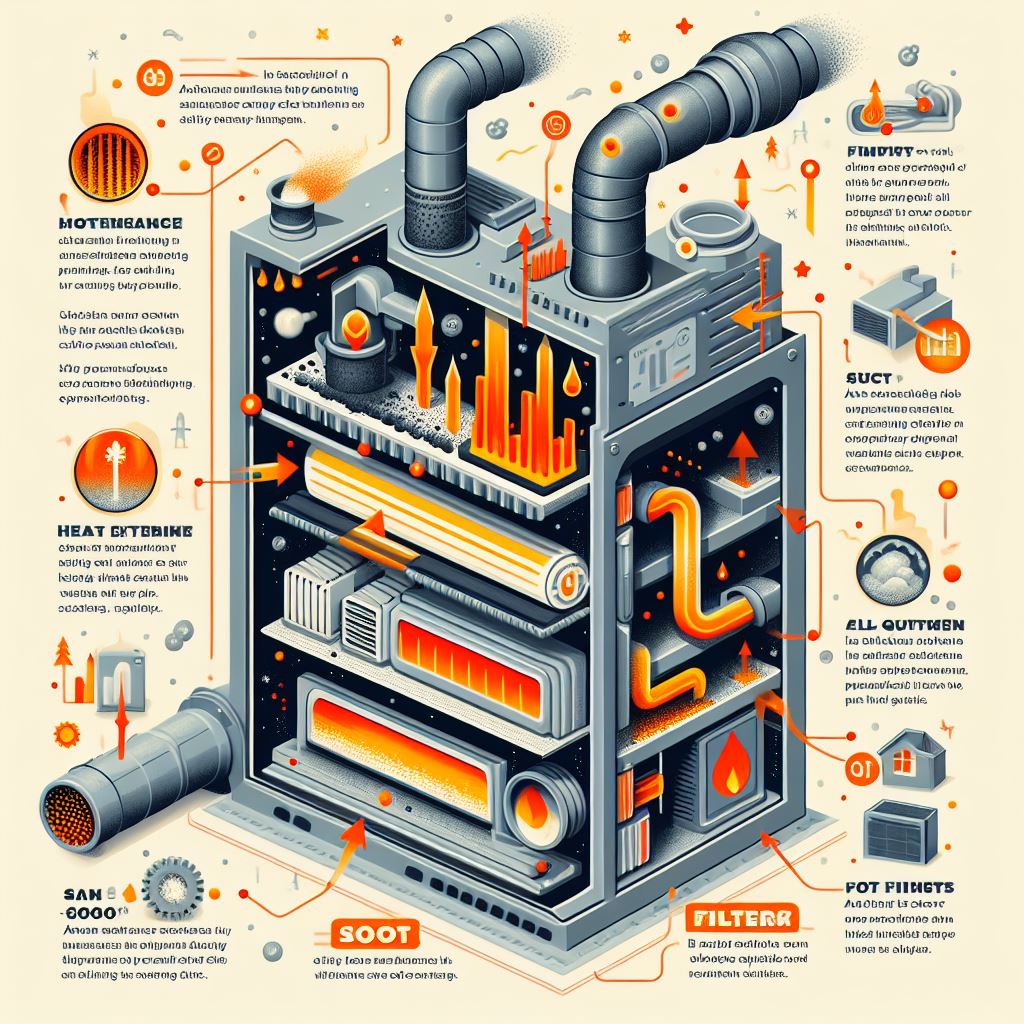In the realm of HVAC (Heating, Ventilation, and Air Conditioning), soot is a term that often raises concerns among homeowners what is soot and what can it lead to hvac and professionals alike. Understanding what soot is and its potential impact on HVAC systems is crucial for ensuring optimal performance and indoor air quality. In this comprehensive guide, we will delve into what is soot and what can it lead to hvac into the intricacies of soot, exploring its definition, sources, effects, and preventive measures.
Contents
What is Soot? Understanding the Basics
Soot is a black powdery or flaky substance consisting mainly of carbon particles, produced by the incomplete combustion of organic what is soot and what can it lead to hvac matter such as fossil fuels, wood, or oil. It is commonly found in exhaust gasses emitted from vehicles, industrial processes, and what is soot and what can it lead to hvac combustion-based heating systems. In HVAC systems, soot can accumulate on various components, including burner assemblies, heat exchangers, and ventilation ducts.
Read more about: Optimising Indoor Comfort: Airmaker HVAC Inc
Sources of Soot in HVAC Systems
Incomplete Combustion: When fuel combustion is not fully optimized, it results in the formation of soot particles. This can occur due to issues such as inadequate air supply, improper fuel-to-air ratio, or dirty burner assemblies.
Exterior Contaminants: Soot particles from outdoor sources, such as vehicle exhaust or nearby industrial activities, can infiltrate HVAC. What is soot and what can it lead to hvac systems through outdoor air intakes or open windows.
Internal Contamination: Aging HVAC equipment or inefficient filtration systems may contribute to the buildup of soot within the what is soot and what can it lead to hvac system, leading to internal contamination and reduced efficiency.

Effects what is soot and what can it lead to hvac
Reduced Efficiency: Soot accumulation on heat exchangers, burner assemblies, and other components impedes heat transfer and airflow, reducing the efficiency of HVAC systems. This can result in increased energy what is soot and what can it lead to hvac consumption and higher utility bills.
Equipment Malfunction: Excessive soot buildup can lead to equipment malfunctions, including ignition failures, burner flame disturbances, and heat exchanger corrosion. These issues not only compromise system performance, what is soot and what can it lead to hvac but also pose safety risks to occupants.
Poor Indoor Air Quality: Soot particles released into indoor air can exacerbate respiratory problems and allergies, especially for individuals with pre-existing conditions. Additionally, soot can settle on surfaces and what is soot and what can it lead to hvac contribute to indoor air pollution, affecting occupants’ health and comfort.
Fire Hazard: In extreme cases, accumulated soot deposits within HVAC systems can pose a fire hazard, particularly if they come into contact with hot surfaces or electrical components. Regular maintenance and inspection of what is soot and what can it lead to hvac are essential for mitigating this risk.
Preventive Measures and Maintenance Practices
Regular Inspection: Conduct routine inspections of HVAC systems to identify signs of soot buildup or combustion irregularities. Pay attention to burner flames, heat exchanger surfaces, and exhaust emissions.
Proper Ventilation: Ensure adequate what is soot and what can it lead to hvac ventilation to support complete combustion and minimize soot formation. Clean or replace air filters regularly to prevent blockages and maintain optimal airflow.
Professional Maintenance: Schedule annual maintenance checks by qualified HVAC technicians to clean and tune up system components. This includes cleaning burner assemblies, inspecting heat exchangers, and verifying combustion efficiency.

Use of Quality Fuels: Choose high-quality fuels with low sulfur content to reduce the likelihood of soot formation during combustion. Follow manufacturer recommendations for fuel selection and storage to optimize system performance.
Conclusion
HVAC systems are paramount for maintaining indoor air quality, equipment efficiency, and safety. By recognizing the sources and effects of soot, implementing preventive measures, and prioritizing regular maintenance, homeowners and HVAC professionals can mitigate the risks associated with soot and ensure the long-term performance and reliability of HVAC systems. Stay proactive in addressing what is soot and what can it lead to hvac soot-related concerns to safeguard both your what is soot and what can it lead to hvac HVAC investment and indoor comfort.
